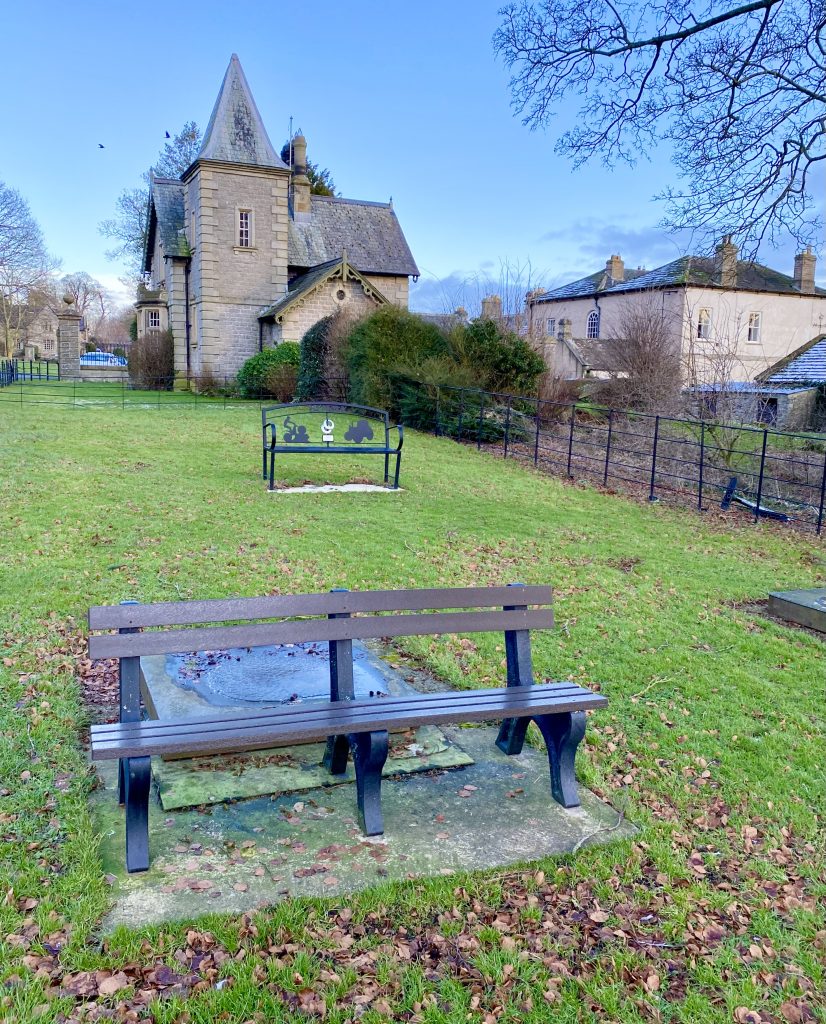North-west via Tullis Cote and Preston-under-Scar to Cranehow Bottom on Preston Moor, then south-west to Redmire Quarry. South into the village of Redmire followed by a visit to Redmire Force on the River Ure. Back to the village by way of Well Lane, south-east along Wood End Lane to Bolton Hall, and east through Wensley Park to the starting point. A 12-mile walk in Northern England.
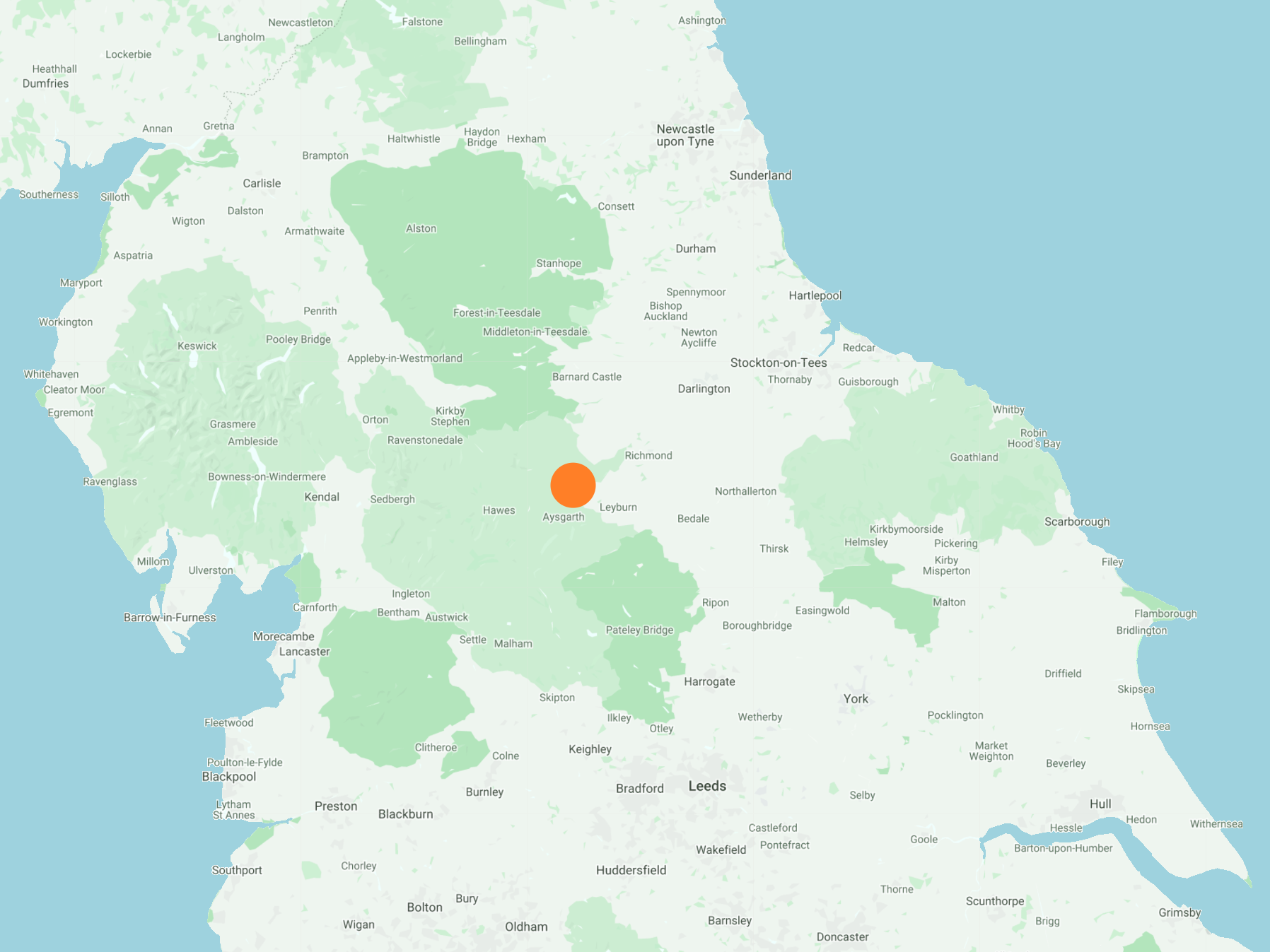
Recommended Ordnance Survey Map
The best map to use on this walk is the Ordnance Survey map of the Yorkshire Dales Northern & Central Area, reference OS Explorer OL30, scale 1:25,000. It clearly displays footpaths, rights of way, open access land and vegetation on the ground, making it ideal for walking, running and hiking. The map can be purchased from Amazon in either a standard, paper version or a weatherproof, laminated version, as shown below.
Standard Version
The Keldheads Lane lead smelt mill near Tullis Cote, about half a mile east of Preston-under-Scar. The mine dates back to the mid-19th century, but lead has been mined at the site since the 12th century.
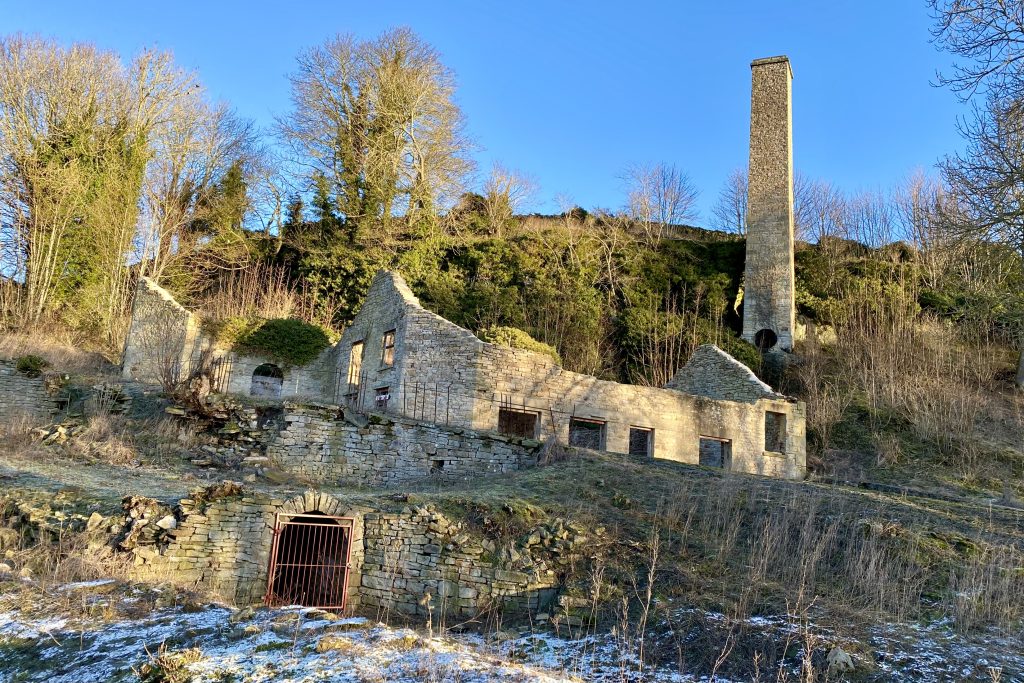
The complex includes the remaining structures of the engine house, chimney, stables and stores, and a wheel pit. The surviving wheel pit was used to power pumps with a waterwheel.
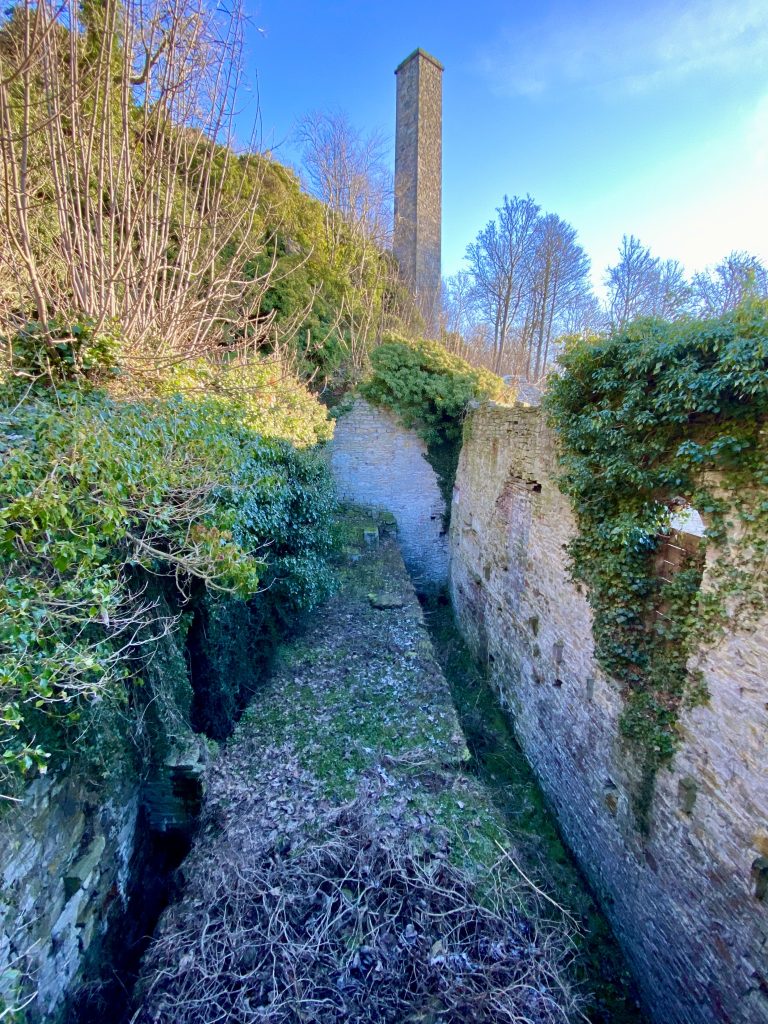
The mine was eventually closed due to flooding in its lower levels, but it was the richest lead mine in Yorkshire.
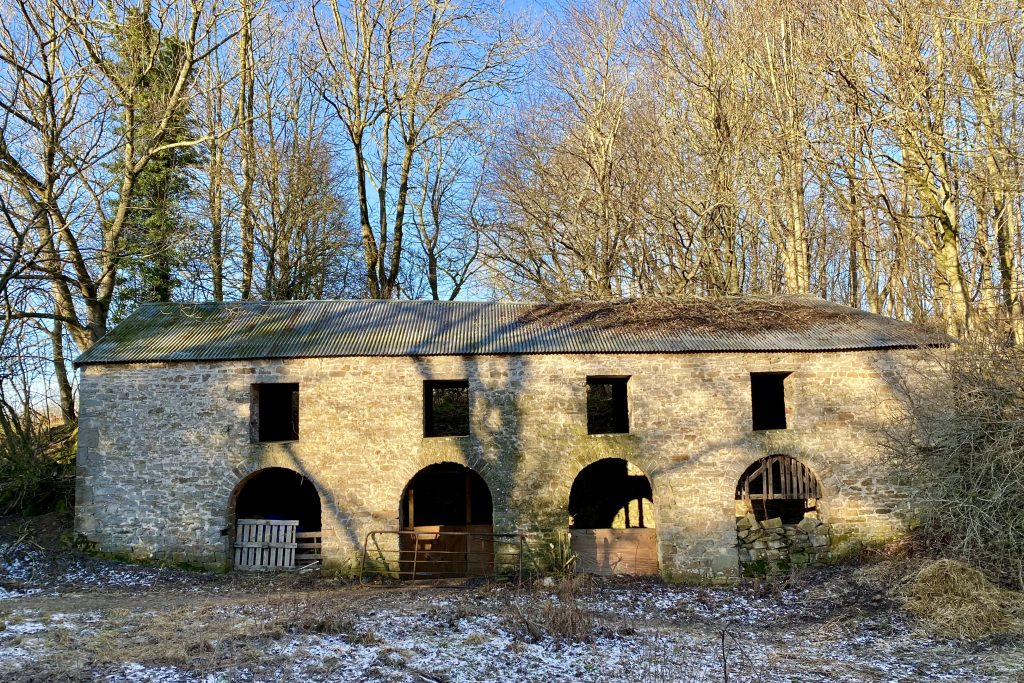
Shooting lodge on the open access land about a mile north of Preston-under-Scar. The track takes us north-west to Cranehow Bottom on Preston Moor.
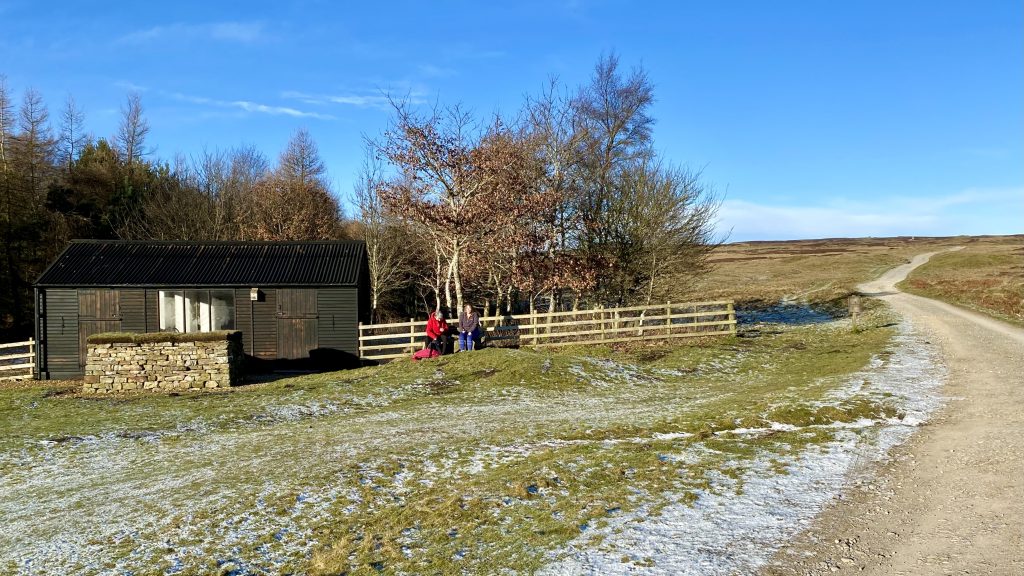
Cairn at Cranehow Bottom on Preston Moor. An oval plaque commemorates the life of Harry Cubitt.
Henry Edward Cubitt, 4th Baron Ashcombe, was born on 31 March 1924. He was the son of Roland Calvert Cubitt, 3rd Baron Ashcombe, and Sonia Rosemary Keppel. Known by the nickname of ‘Harry’, Henry was educated at Eton College in Windsor, Berkshire. During the Second World War, he served in the Royal Air Force.
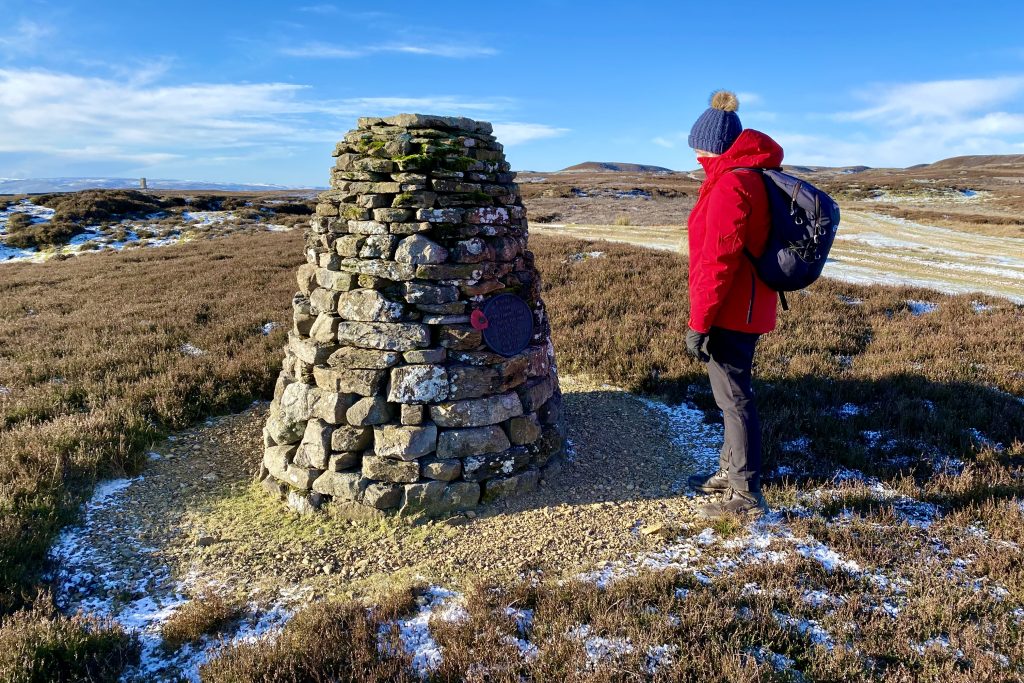
Henry was married three times. His first marriage was to Ghislaine Dresselhuys on 12 September 1955, but they got divorced in 1968. He then married The Honourable Virginia Carington, daughter of Peter Alexander Rupert Carington, 6th Baron Carrington of Upton, and Iona Ellen McClean, on 1 January 1973 at Kensington Register Office in Kensington, London. Unfortunately, this marriage also ended in divorce in 1979. Henry’s third and final marriage was to Mary Elizabeth Chipps on 29 March 1979.
Henry held the position of Consul-General for Monaco to London between 1961 and 1968. He succeeded as the 4th Baron Ashcombe, of Dorking, Surrey, and of Bodiam Castle, Sussex on 28 October 1962. He lived at Sudeley Castle in Winchcombe, Gloucestershire, and passed away on 4 December 2013 at the age of 89.
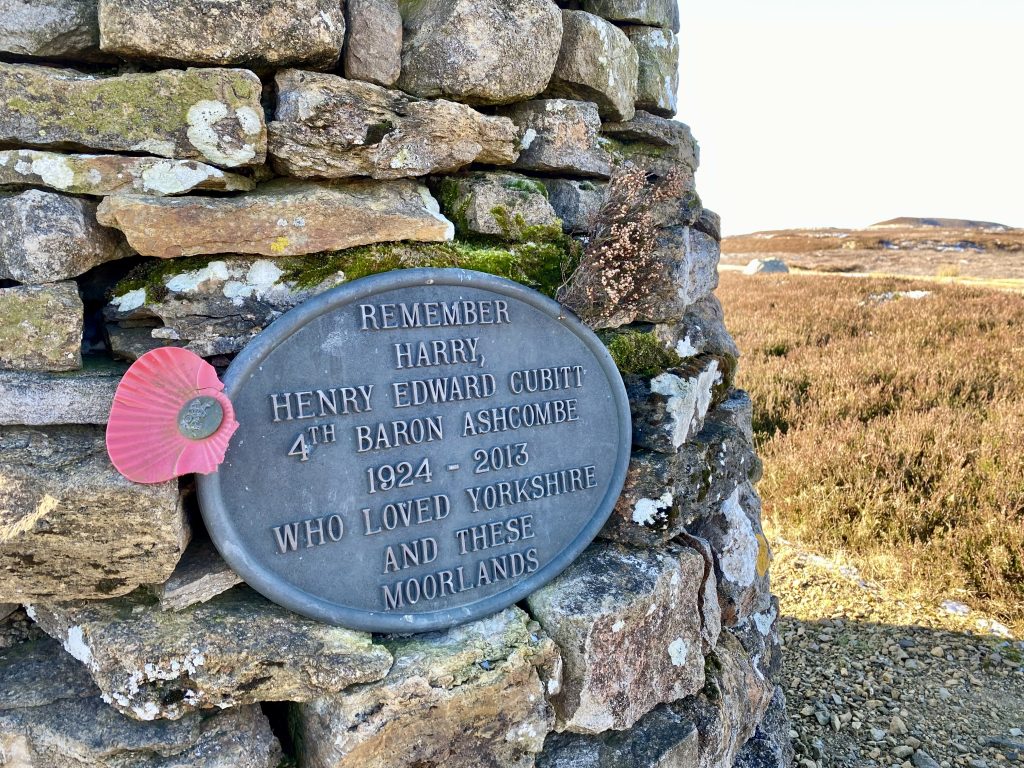
Stone bench and boulder on at Cranehow Bottom, placed in memory of David Alwyne James Hartley.
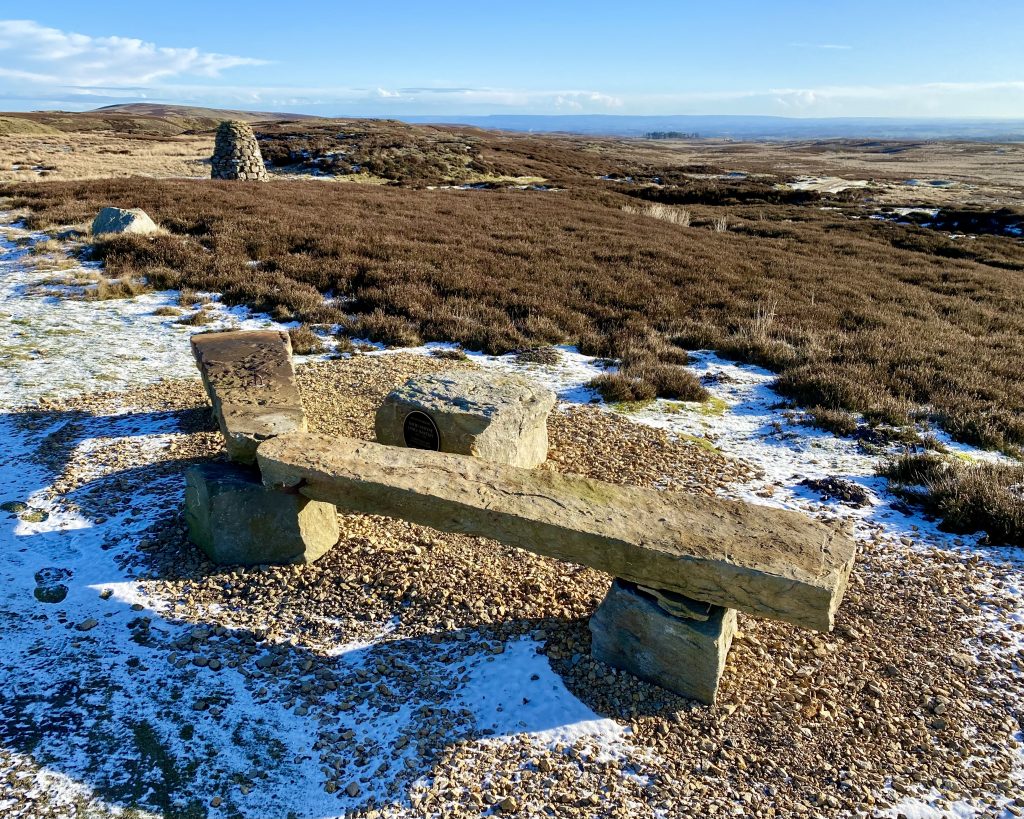
The circular metal plate attached to the boulder reads as follows:
IN LOVING MEMORY
DAVID ALWYNE
JAMES HARTLEY
1962 – 2020
A GREAT MAN AND
A TRUE GENTLEMAN
HE LOVED WENSLEYDALE
AND THESE MOORS
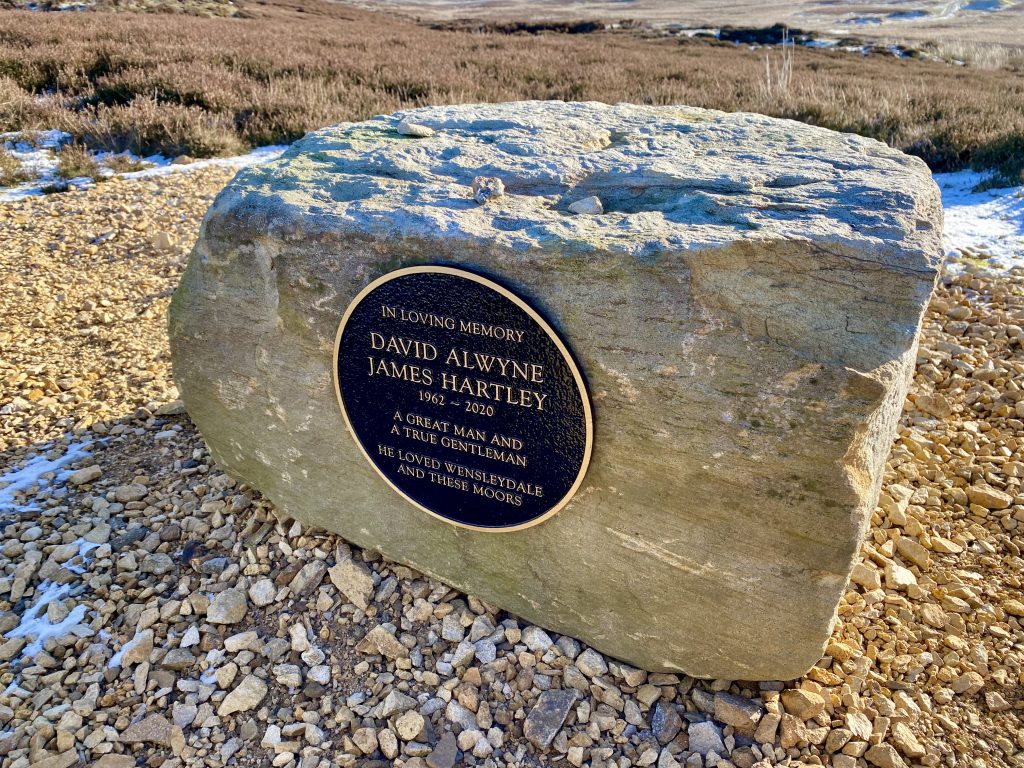
The moorland track south-west to Cobscar Mill.
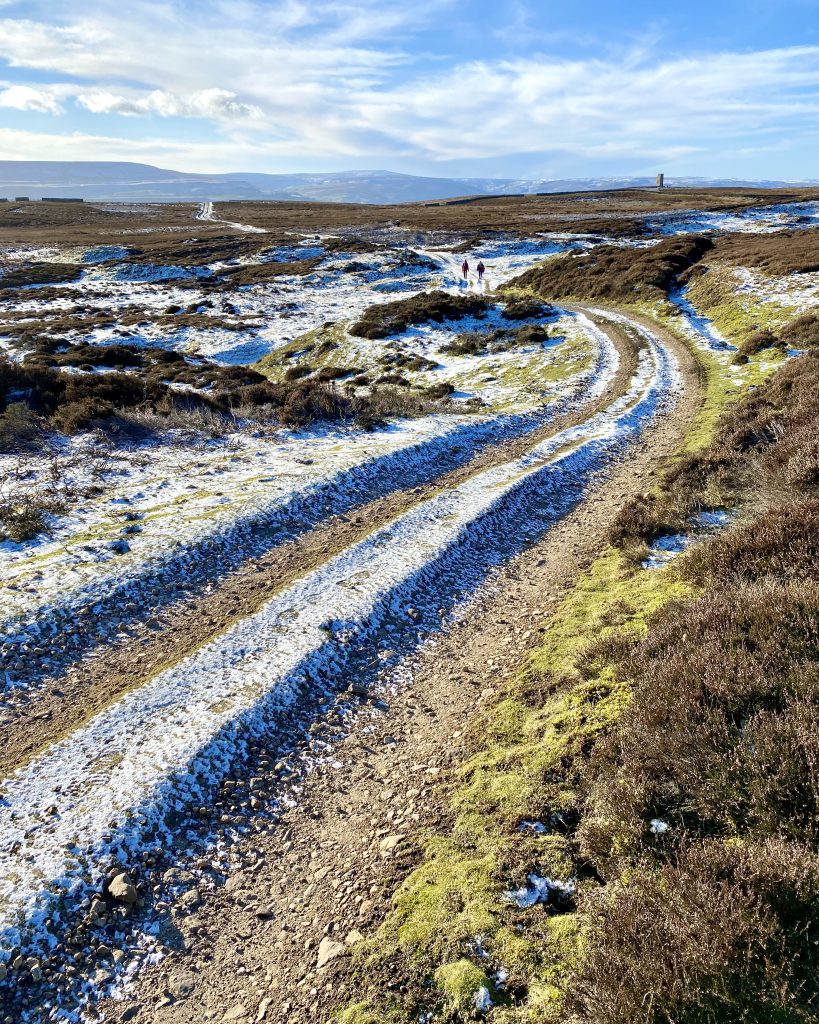
The Cobscar Mill ore hearth lead smelting mill, flue, and chimney. The monument includes the standing, earthworks, and buried remains of an ore hearth lead smelting mill, fuel store, and associated buildings, along with the remains of a flue system leading to an intact chimney. It was built in 1762 to smelt ore from Cobscar Rake and Cranehow Bottom.
It is estimated that approximately 10,000 lead industry sites survive in England, spanning nearly three millennia of mining history, from the later Bronze Age until the present day. Although, before the Roman period, it is probably the case that mining was on a small scale. Ore hearth smelting mills were introduced in the 16th century and continued to evolve until the late 19th century.
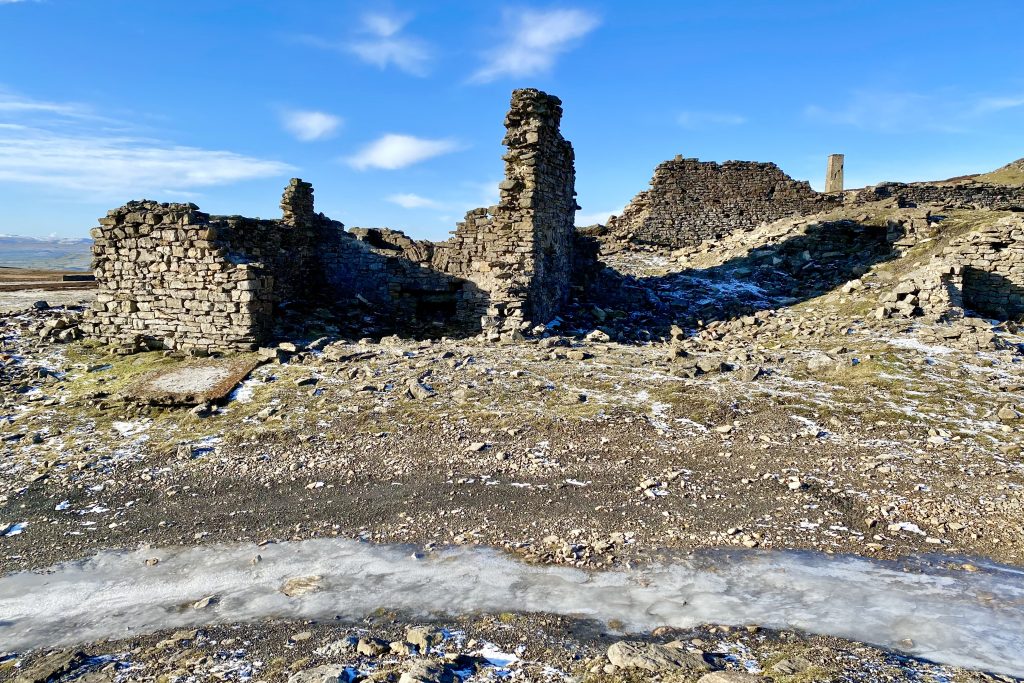
The ore hearth consisted of a low open hearth in which lead ore was mixed with fuel (initially dried wood, later a mixture of peat and coal). An air blast was supplied by bellows, which were normally operated by a waterwheel. The slags from the ore hearth still contained some lead, which was extracted by resmelting the slags at a higher temperature using charcoal or (later) coke fuel, usually in a separate slag hearth.
Early sites were typically small and simple buildings with one or two hearths, while later smelting mills of the 18th and 19th century were often large complexes.
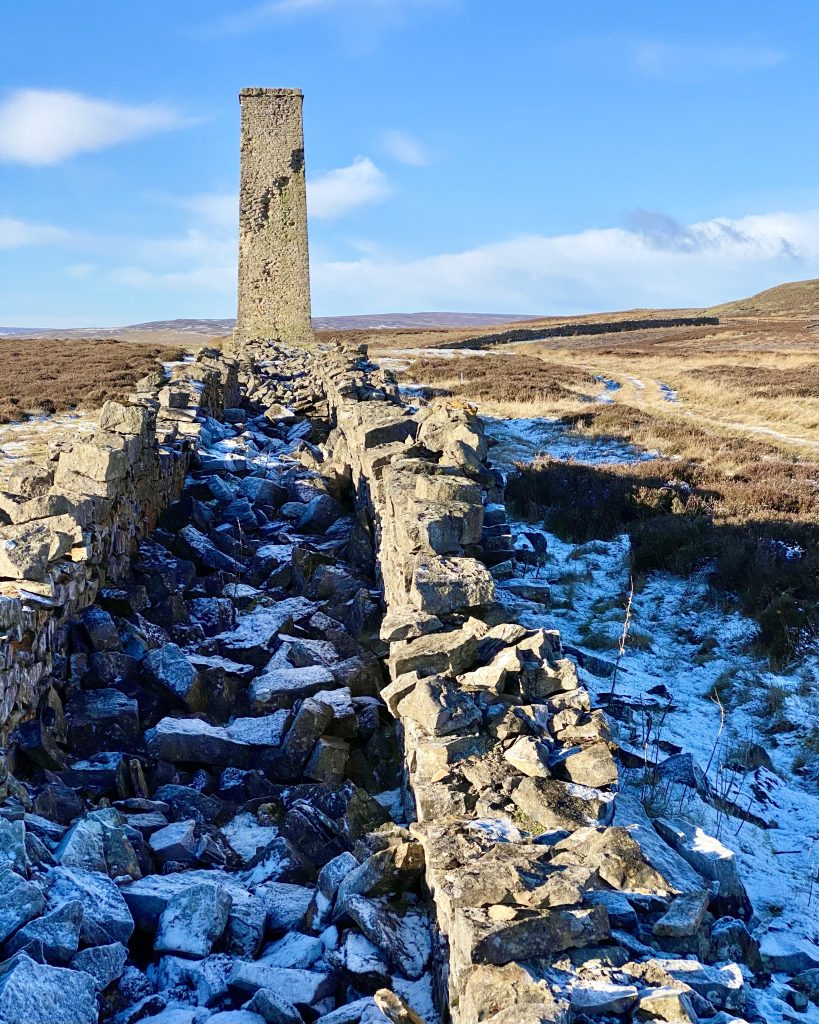
Redmire Quarry (disused) just above Redmire Scar, about a mile north of the village of Redmire.
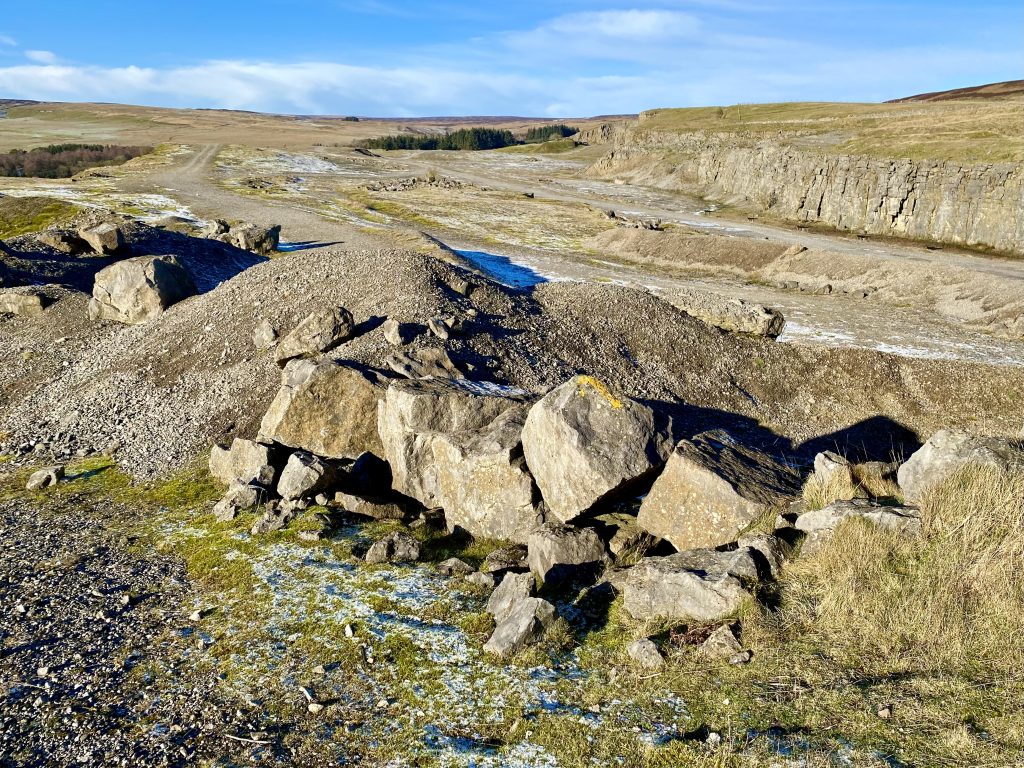
Waterfall created by Barney Beck, between Low Scar and Redmire Scar on the southern side of Redmire Quarry.
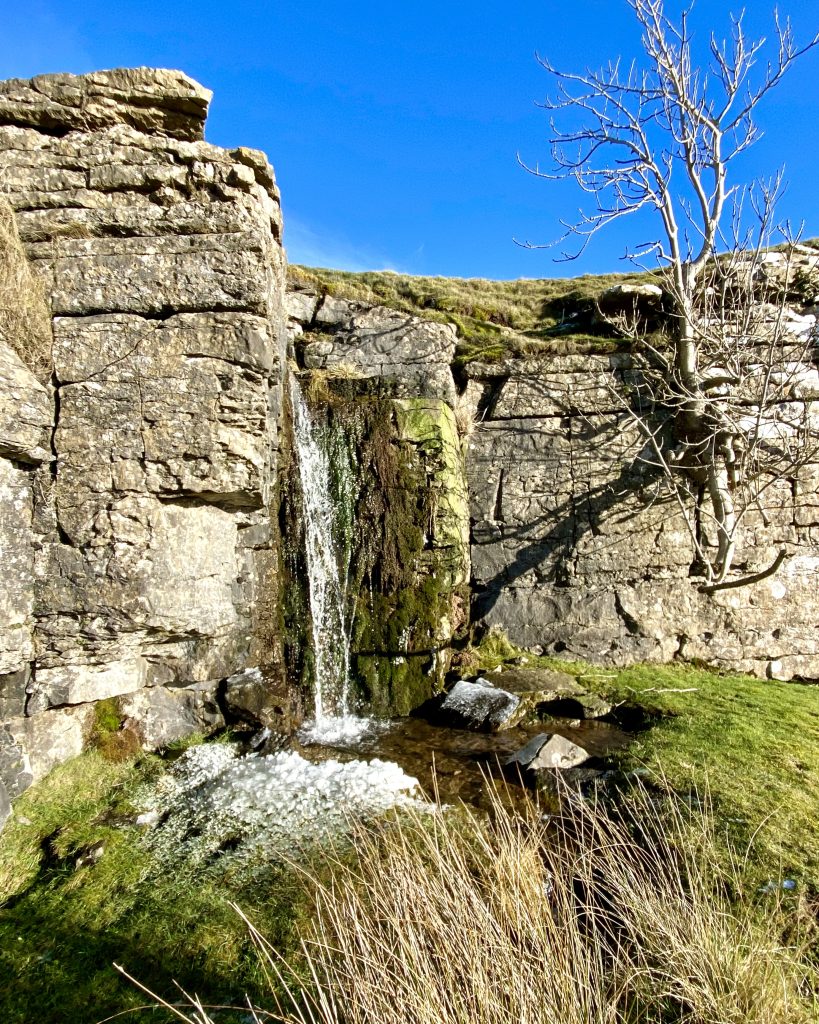
Picturesque countryside on the banks of the River Ure just over half a mile south of Redmire.
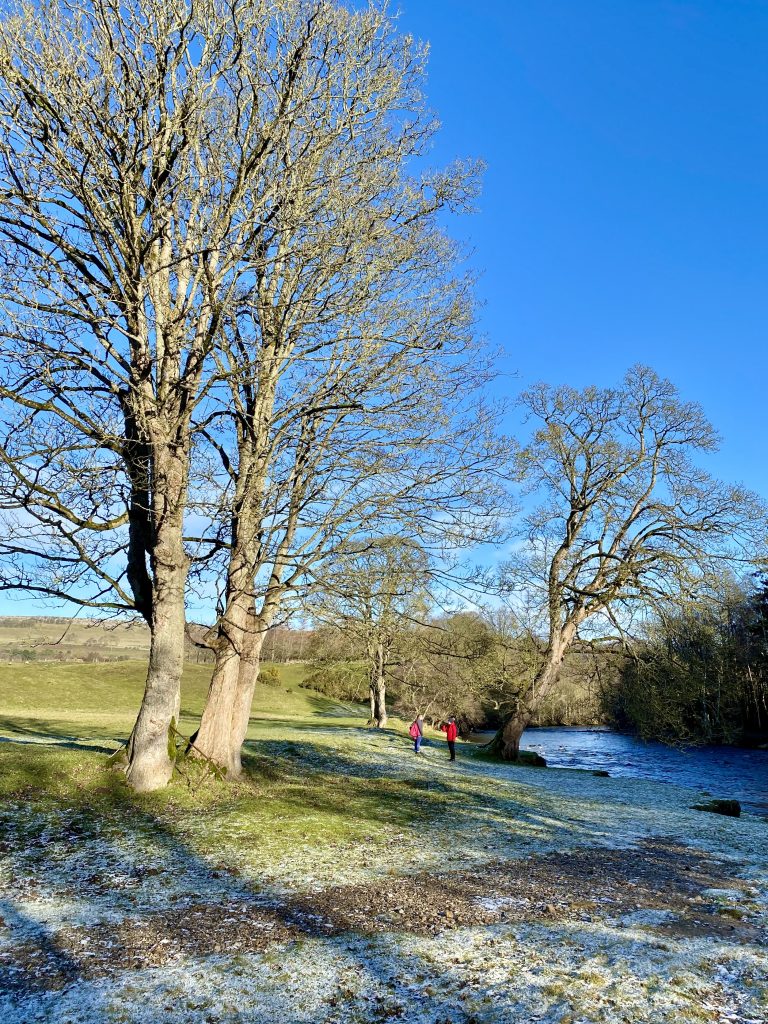
St Mary’s Church, Redmire, about half a mile east of the village centre. The church is Grade 2 listed and dates from the 12th century.
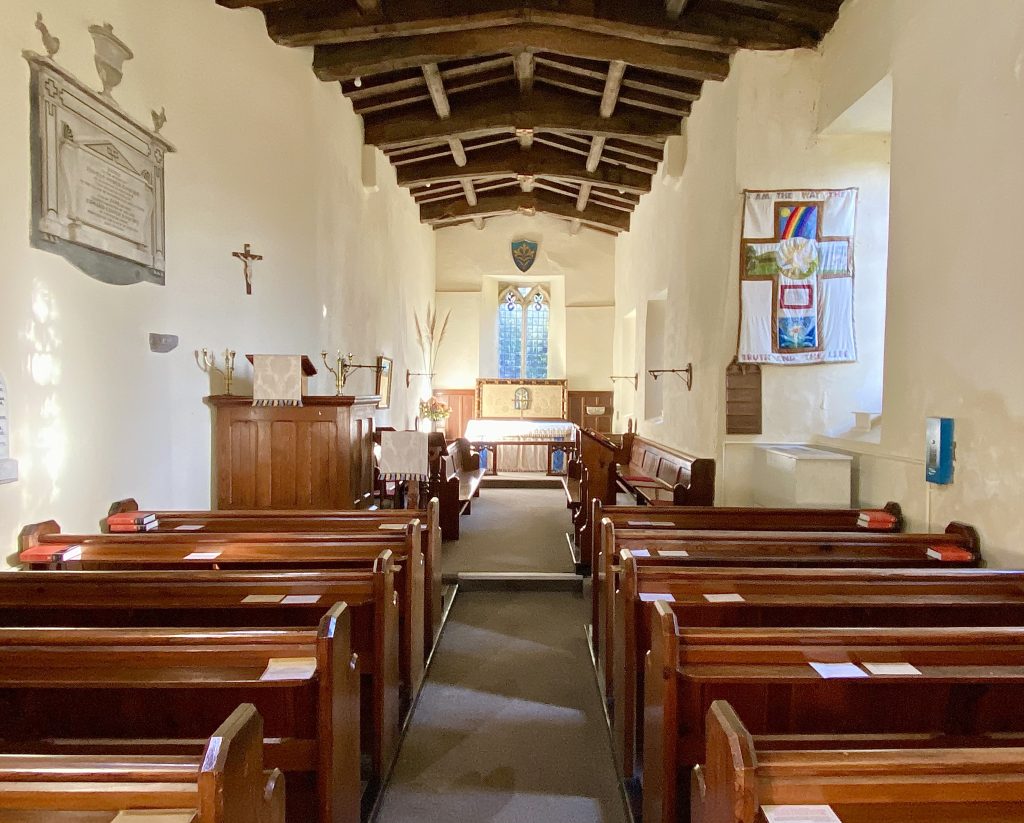
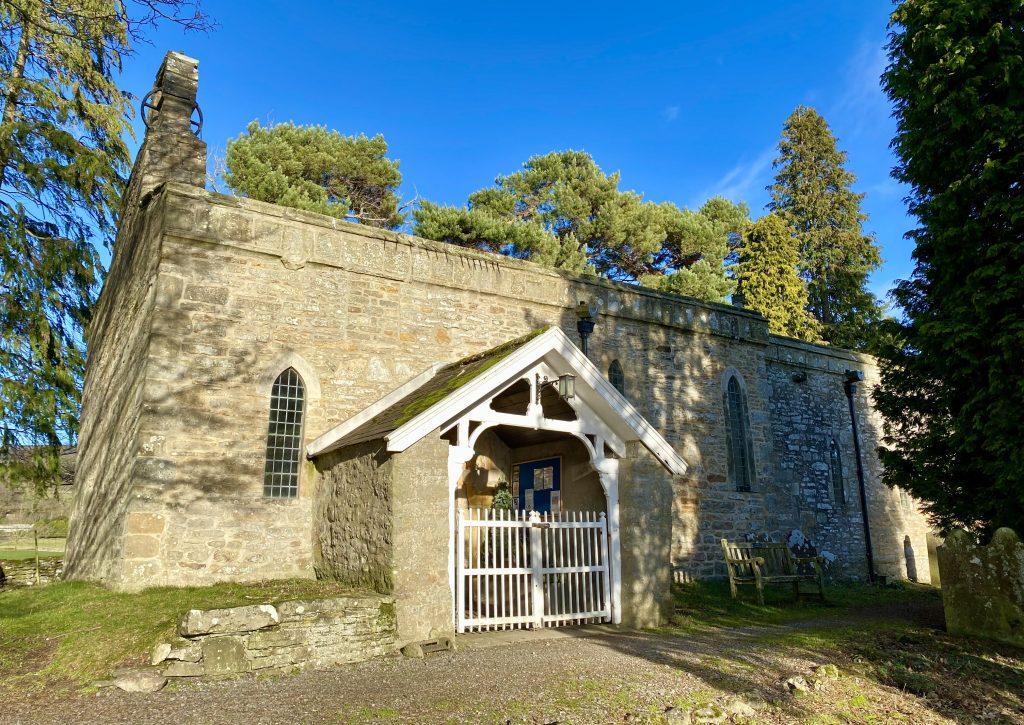
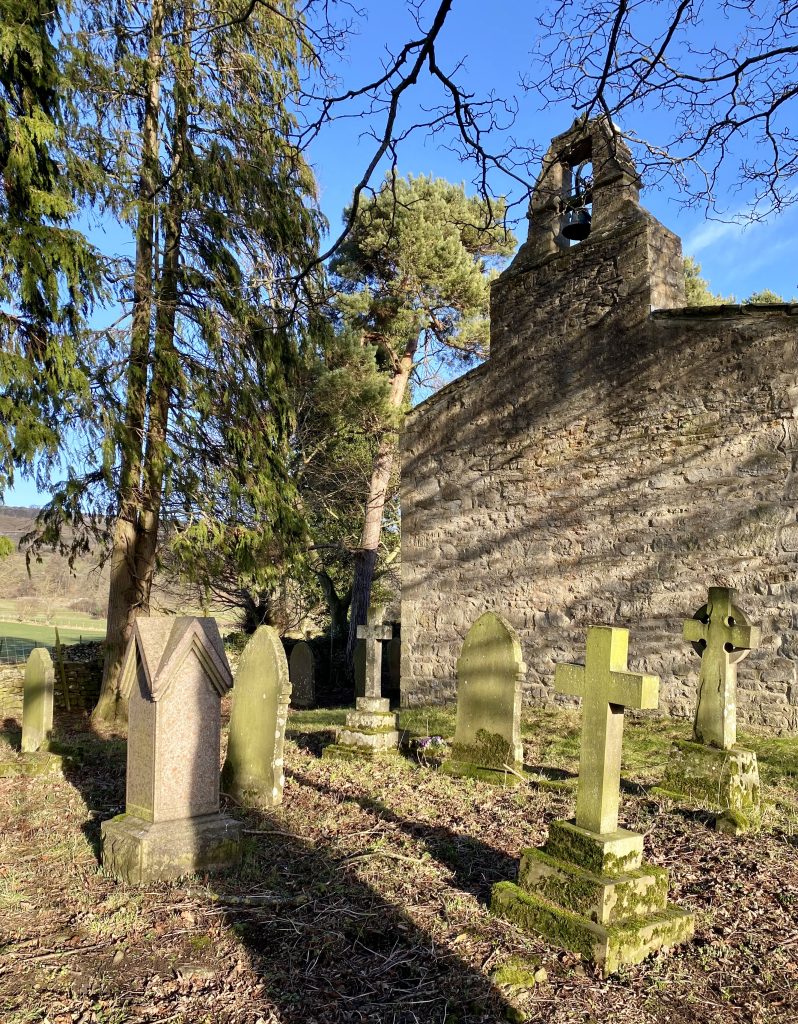
Bolton Hall, about a mile west of Wensley and two miles south-east of Redmire.
The 17th-century country house and 18th-century folly tower, situated in the grounds, are both Grade 2 listed.
The house is built in three storeys of roughcast brick with ashlar dressing and a hipped slate roof. The house has an H-shaped layout with five bays in the central block and nine bays in total in the frontage. In the 1960s, the estate covered 12,000 acres, including Bolton Castle and a significant area of moorland and woodland.
The Bolton estate had been in the possession of the Scrope family since the medieval period, with Bolton Castle as its base. After the death of Emanuel Scrope, 1st Earl of Sunderland and 11th Baron Scrope of Bolton in 1630, who had no legitimate children, the estate was inherited by Mary, the eldest of his three illegitimate daughters. She later married Charles, Marquess of Winchester.
Bolton Hall was initially constructed for the marquess, who was elevated to the 1st Duke of Bolton in 1689 by King William III for his support in the Glorious Revolution. It was passed down through five successive Dukes of Bolton to Harry Powlett, 6th Duke of Bolton, who was an admiral of the Royal Navy. The 6th Duke of Bolton died without a male heir in 1794, and the dukedom became extinct, with the Bolton estates devolving on his brother’s illegitimate daughter, Jean Browne-Powlett. She married Thomas Orde, who in 1795 assumed the additional surname of Powlett and was a Tory politician. He served as Chief Secretary for Ireland and was ennobled in 1797 as Baron Bolton.
The hall suffered a major fire in 1902 and was subsequently rebuilt. The estate has since been passed down to Harry Algar Nigel Orde-Powlett, 8th Baron Bolton, who inherited it upon his father’s death. He resides at Bolton Hall, while Bolton Castle is run by his son and daughter-in-law, Thomas and Katie Orde-Powlett.
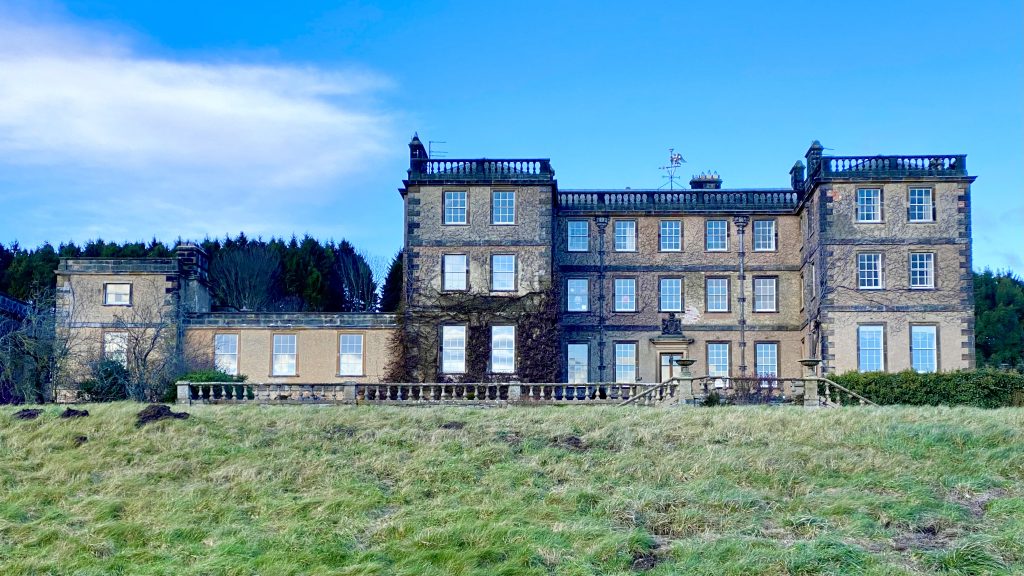
East Lodge at the entrance of Wensley Park.
